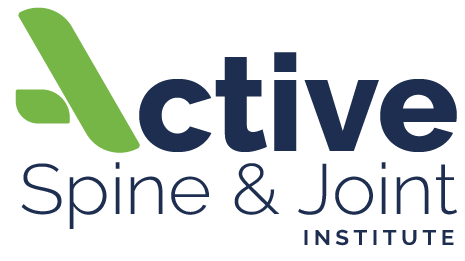Explore the cutting-edge treatments available for back pain
Dr. Robert Olivieri, the esteemed owner of Active Spine and Joint Institute for over three decades, has witnessed the transformation of his practice from a chiropractic office to a pioneering wellness clinic specializing in chronic joint pain and neuropathy. With a commitment to providing revolutionary drug-free and nonsurgical treatment options, the institute has become a trailblazer in the field. While chiropractic care remains at the core of the practice, significant advancements have taken place in the realm of treatment options. Today, let's sit down with Dr. Olivieri to explore the cutting-edge treatments available for back pain.
Let's start by discussing the causes of back pain. What are some common factors that contribute to this issue?
Thank you for having me. Back pain can have various causes, but some common factors include poor posture, muscle imbalances, spinal misalignments, sciatica, herniated or bulging discs, degenerative conditions like arthritis, and even lifestyle factors such as sedentary behavior or improper lifting techniques.
What are the typical symptoms people experience when dealing with back pain?
Back pain symptoms can vary but commonly reported symptoms include localized pain or discomfort in the lower back, muscle stiffness or tightness, limited range of motion, radiating pain down the legs (sciatica), and even numbness or tingling sensations. It's important to remember that each individual may experience unique symptoms based on the underlying cause of their back pain.
What are the potential long-term effects of not seeking treatment for back pain?
Failing to seek treatment for persistent back pain can have significant long-term consequences. Without intervention, chronic back pain can worsen over time, leading to decreased quality of life, limitations in daily activities, and potential emotional distress. Untreated back pain may also contribute to muscle weakness, reduced mobility, and in some cases, even structural changes in the spine.
Let's move on to discussing treatment options. Can you explain the benefits of spinal decompression for back pain?
Spinal decompression is a non-surgical treatment option that helps relieve back pain by gently stretching the spine and reducing pressure on the discs. This therapy can create a negative pressure within the affected discs, promoting the retraction of herniated or bulging discs, thus alleviating pain and supporting the natural healing process.
How does occupational therapy complement the treatment of back pain?
Occupational therapy focuses on improving functionality and restoring the ability to perform daily activities. Occupational therapists work with our patients to develop customized treatment plans that may include exercises, ergonomic modifications, postural education, and strategies to manage pain. By addressing functional limitations, occupational therapy plays a vital role in helping individuals regain independence and improve their quality of life.
Lastly, could you elaborate on the benefits of routine chiropractic adjustments in managing back pain?
Routine chiropractic adjustments aim to correct spinal misalignments and restore proper joint function. By applying gentle, controlled forces to specific areas of the spine, chiropractors can alleviate pain, improve spinal alignment, and promote overall wellness. Regular adjustments can help prevent future episodes of back pain, enhance mobility, and optimize the body's ability to heal naturally.
Thank you, Dr. Olivieri, for sharing your expertise on back pain and these effective treatment options. Your insights have been incredibly valuable.
You're welcome. It was my pleasure to contribute to this discussion. Remember, early intervention and personalized treatment plans are key to managing back pain effectively and improving long-term outcomes.
